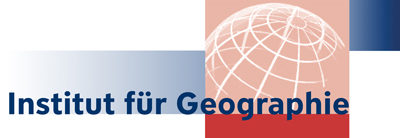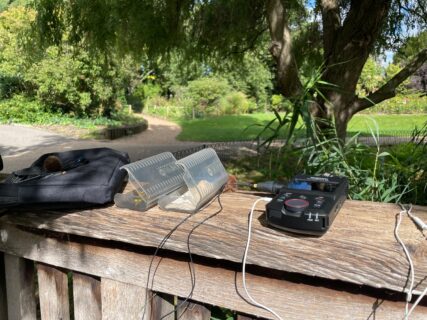Networked through Sound: First Research Trip to London
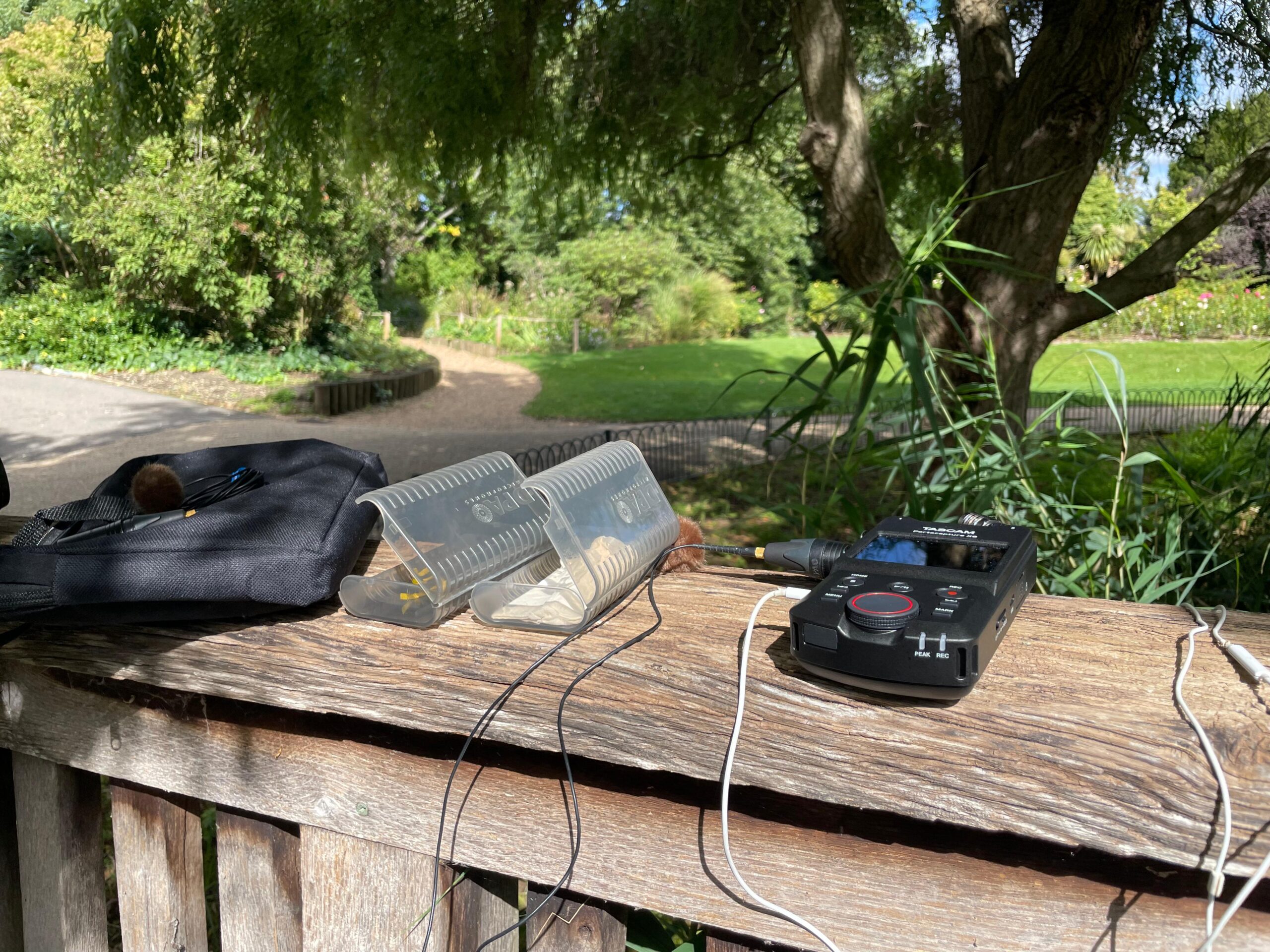
In the days between summer and fall, with sunny mornings and rainy afternoons (see photo 1), our team came together for a first field trip to London.
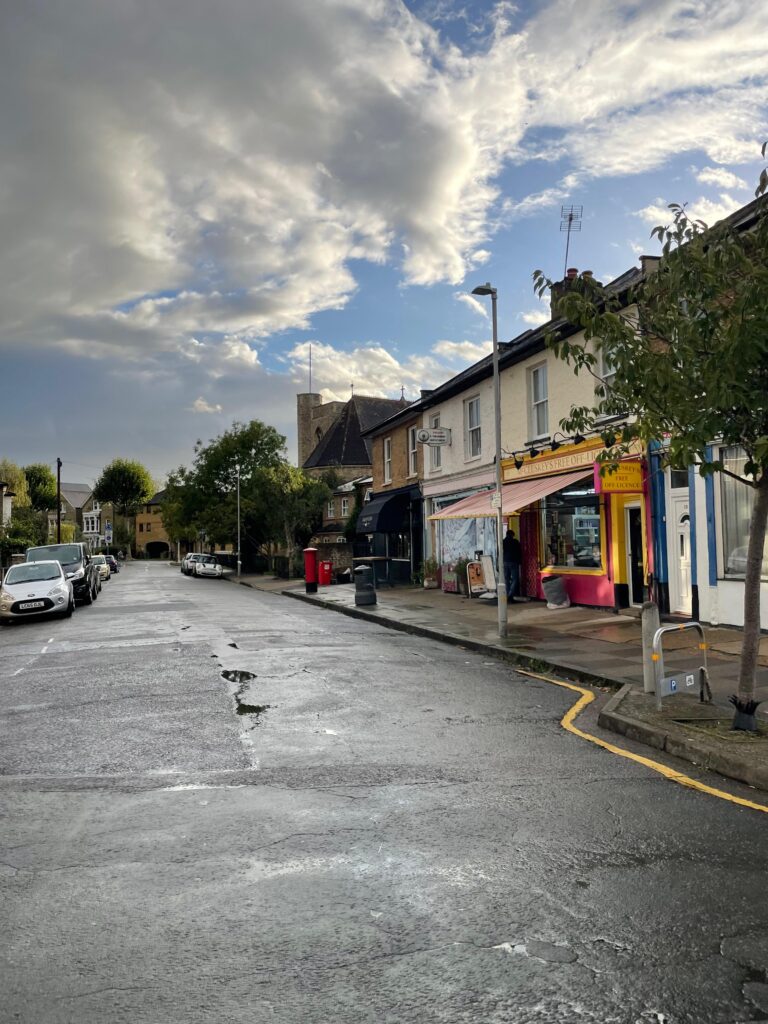
Experimental Archives Conference, Kingston University
Our first stop was the interdisciplinary Experimental Archives Conference at Kingston School of Art, Kingston University, organised by Dr Matt Melia and Professor Stephen Barber on the 11th and 12th of September 2025 (see photo 2). Artists and researchers from Geography, Literature, Art History as well as Media and Cultural Studies came together to (re)define the Archive as a source of investigation and explore methodological approaches to archival materials.
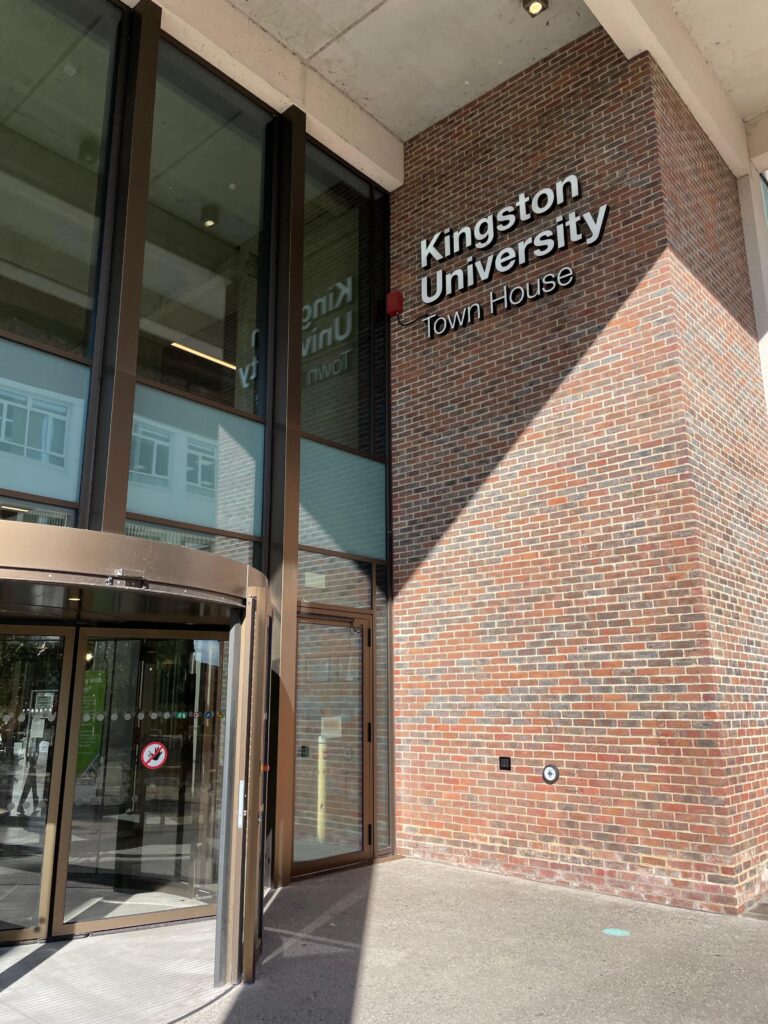
Sandra and Jonathan opened the conference with their key note “Listening experiments at the Animal Sound Archive, Berlin” (see photo 3). While playing historical sound recordings from the archive, they retold the development of the archival collections touching upon recordings of captive foxes by Günter Tembrock, which were among the first recordings to be deposited at the archive, defined the Animal Sound Archive as an active instrument that inspires engagement and questioned whether a purely digital archive, prone to cyberattacks and the loss of curatorial expertise, can be a definitive form for preserving historical analogue recordings. During the following Q&A, ethical questions regarding extraction techniques to record sounds and colonial backgrounds of the history of animal sound recording were discussed.
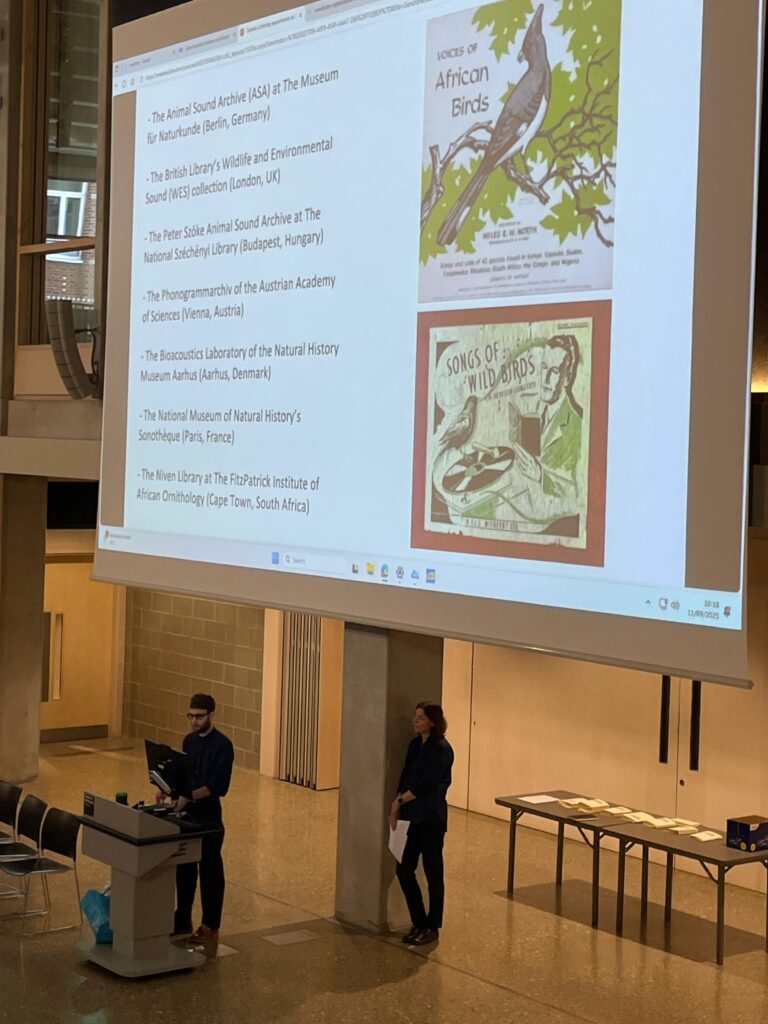
Some conference presentations focused on engaging with archives through artistic expression. Kevin Petrie from the University of Sunderland for example worked with the Iris Murdoch Archive and created prints and paintings that reflect Murdoch’s novels. His talk inspired me to think about creative uses for animal sound archives – using historical recordings for children’s sound books could be a wonderful way to make the archives accessible to a wider audience.
Others offered alternative definition of the Archive by expanding the term. Rachael Kelly Ryder from Glasgow School of Arts investigates the history of Irish immigrants in Scotland by drawing from the Derry Boat, a ferry route between Ireland and Scotland, as a floating archive holding collective memories. Alida Payson from Cardiff University explores vintage fashion dust as archive and raised the question of whether Derrida’s ‘archive fever’ is, in fact, an actual disease caused by bacterial dust that we are exposed to when working with archival materials?
What really stood out to me was the panel “Haunted Archives and Ghosts”. Natalia Hernández Moreno from New York University introduced three wonderful Latin American docu-fictions that use archival material to explore their own spectrality. Eugene Kim from Kingston University talked about goedam, ghost stories told orally or online, that were popular among children in South Korea around the turn of the millennium. They provide an interesting data corpus for exploring how children dealt with fear and identity. She even shared her personal connection to the topic, telling us about a ghost sighting of her own when she was a child.
The conference included a screening of the short documentary “Toute la mémoire du monde” by Alain Resnais, 1956. The film explores the archive of the Bibliothèque Nationale in Paris and beautifully illustrates the human desire to know and preserve everything. A utopian dream that will never come true. I would recommend watching it.
Even though especially institutionalist archives can be very extensive, several speakers encountered problems with access, lost materials or collections that had been divided up and stored in different archives – a situation that we are also facing in our research project.
The conference was a great get-together of archival enthusiasts with a collegial atmosphere that allowed me as a junior researcher to approach the speakers and form connections in a safe space.
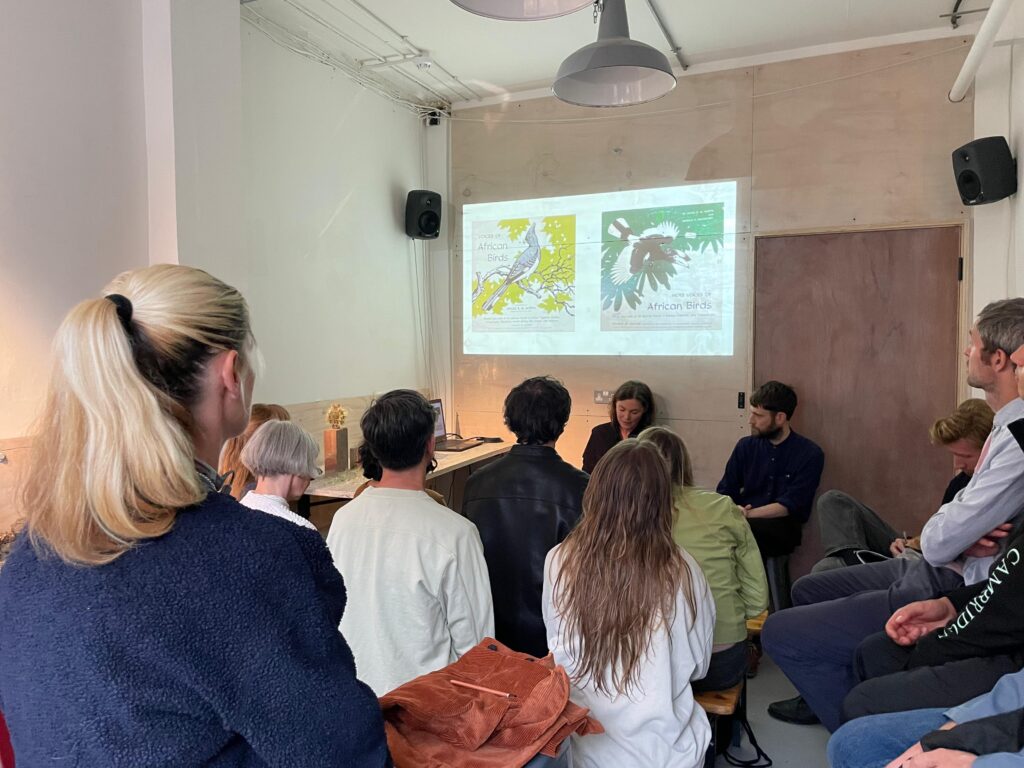
Sonic Conversation, Microscope
After a restful Saturday, we set off once again for an afternoon of exchanging ideas on animal sound archives at the ‘Microscope’ gallery. Microscope is a space for conversation and experimenting with natural processes in Hackney. The gallery curators Kirsty Badenoch and Daniel Rea organise a series called ‘Echolocation’, an event for listening to and discussing recorded sounds of the natural world. They invited Jonathan and Sandra to host a listening session and talk about their work with animal sound archives. All tickets were sold out (the proceeds were donated to Hackney Night Shelter) and the gallery was full of people eager to listen to the archive (see photo 4). The sonic conversation that followed Sandra’s and Jonathan’s talk about the animal sound archives in Berlin and London demonstrated the public’s keen interest in learning more about these archives, their history and contemporary use. Even though it started to rain heavily shortly after the event, people stayed, partly sheltered by umbrellas and the awnings of a neighbouring bar, to continue the conversation.
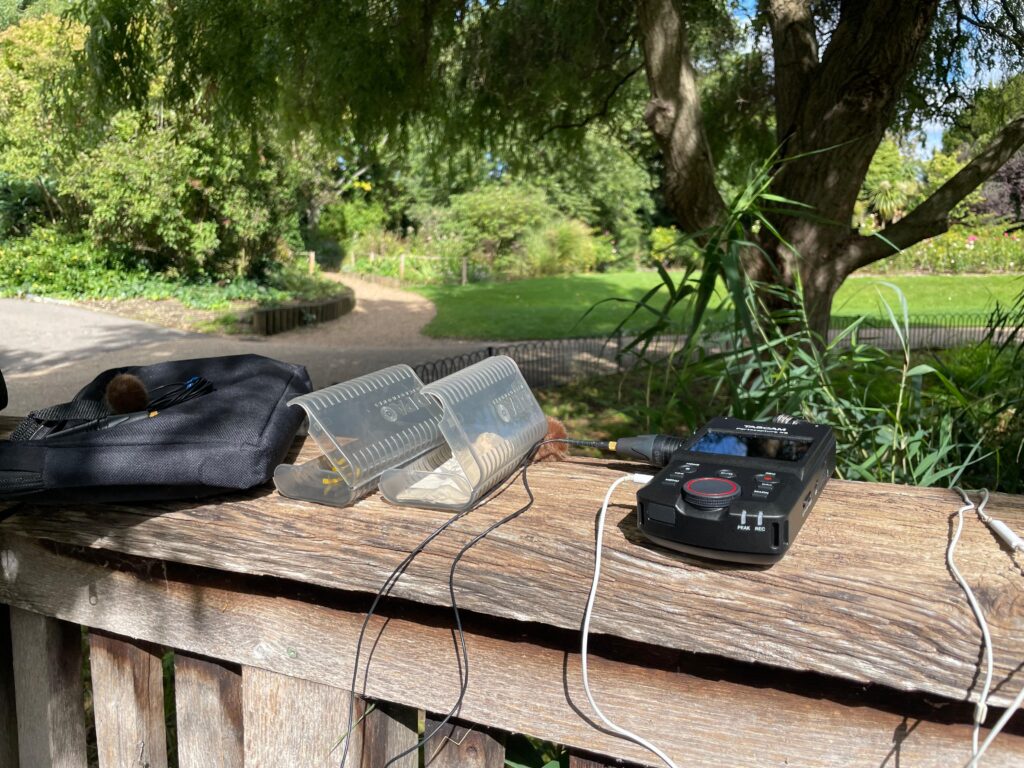
Sound recording, Regent’s Park
On Monday, Jonathan gave Sandra and me (mostly me) an introduction to techniques and technologies of sound recording. Jonathan has been doing field recordings of all different kinds of animals and soundscapes for years, so it was a pleasure to hear him talk about his passion and get great tips on how to use recording equipment and microphones in the field. The next day, I was able to put everything I had learned into practice when the three of us set off for Regent’s Park. We quickly encountered some typical obstacles when recording sounds outside. My first idea had been to record some insects that where chirping in a patch of tall grass in the park when suddenly a tractor approached, making it impossible to hear anything except its engine noise. This exercise really showed me how loud a park can be. We heard the clanging of a construction site, people talking and the distant sound of a road. While these sounds are part of the city and therefore interesting as an urban soundscape, our goal was to record the individual animal recordings which turned out to be harder than I had expected. In the end we found a great spot on a bridge (see photo 5) where you could record the rustling of the wind as it blew through reeds. I experimented with recording this phenomenon with the internal microphones of my portable recorder, with Jonathan’s external Lavalier microphones and a contact microphone. The Lavalier microphones really brought to life the sound of the reeds knocking together. The contact microphone produced some really interesting recordings when we placed it on a thin metal fence, which we then shook gently from a distance to create vibrations that the contact microphone picked up. These experiments have piqued my interest so much that I will continue to try out different recording techniques as I walk around my neighbourhood in Berlin.
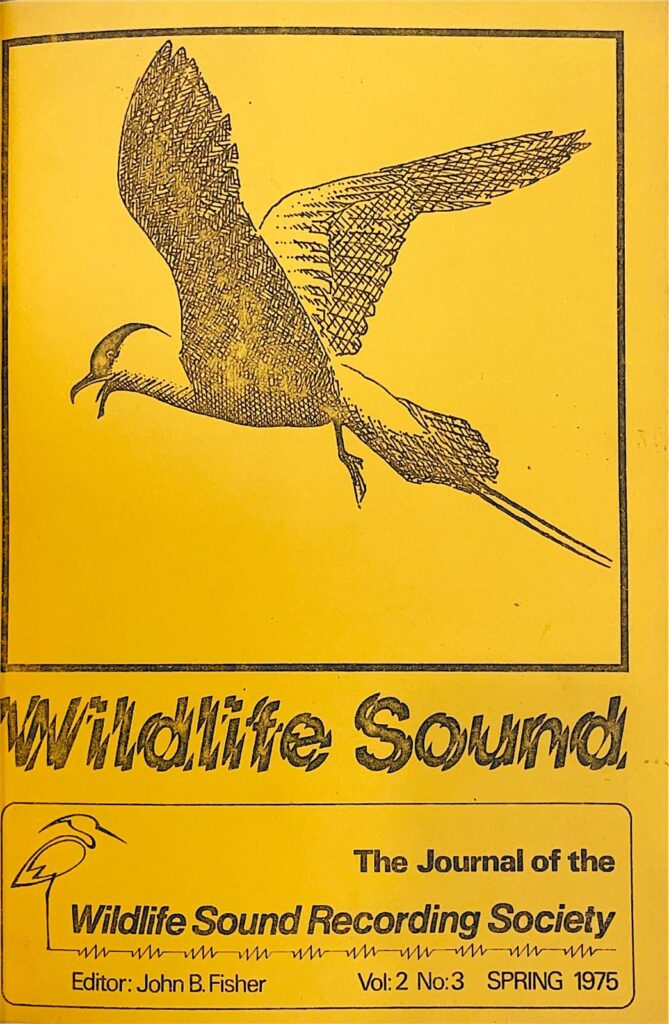
Journals on sound recording, British Library
The final stop of our field trip to London was the Wildlife and Environmental Sound Archive at the British Library. At least, that was the plan. However, Cheryl Tipp, curator of the archive, was unavailable due to unforeseen circumstances. As a result, we were ultimately unable to visit the archive. This highlights the limited resources that most animal sound archives unfortunately have to contend with. Curatorial expertise, spaces for the archives and support for the digitisation of historical sound recordings are essential for the preservation of these rich archives and should be recognised as such. Nevertheless, we spent some hours at the British Library, discovering some interesting papers and journals on the subject of animal sound recording, such as ‘Wildlife Sound’ (see photo 6), the journal of the British Wildlife Sound Recording Society. Ultimately, it was a successful visit and I am already looking forward to being back.
Marie Duchêne, the author of this blog post, is a PhD candidate working on the AHRC-DFG research project »Networked through Sound: Listening to 20th Century Wildlife Archives«
